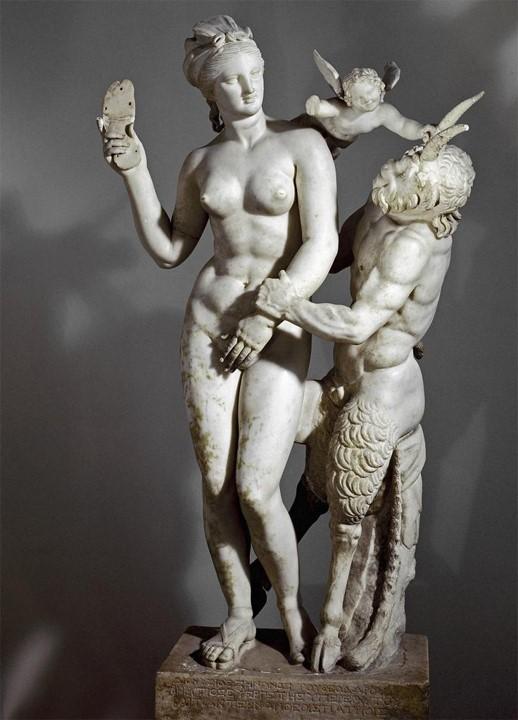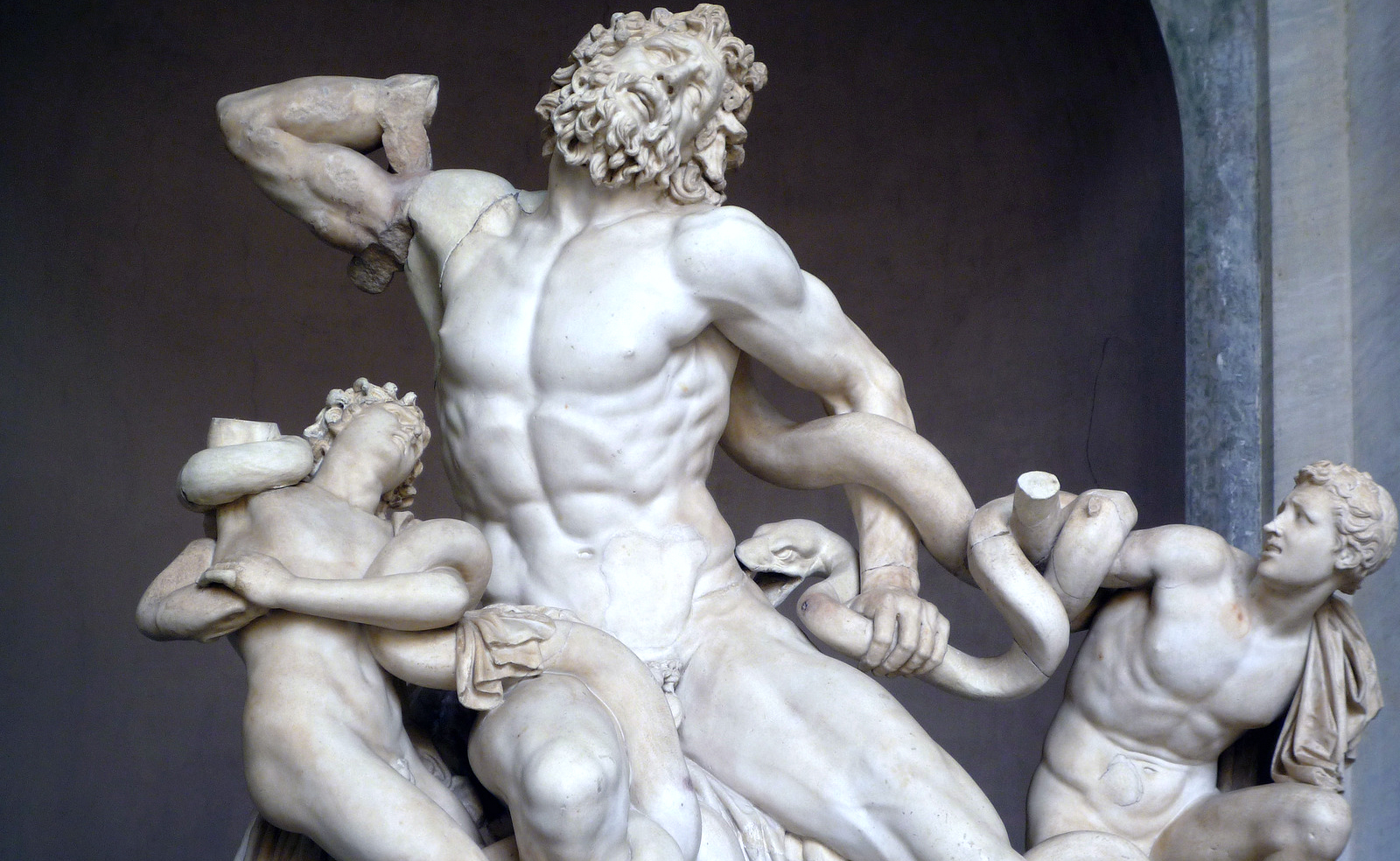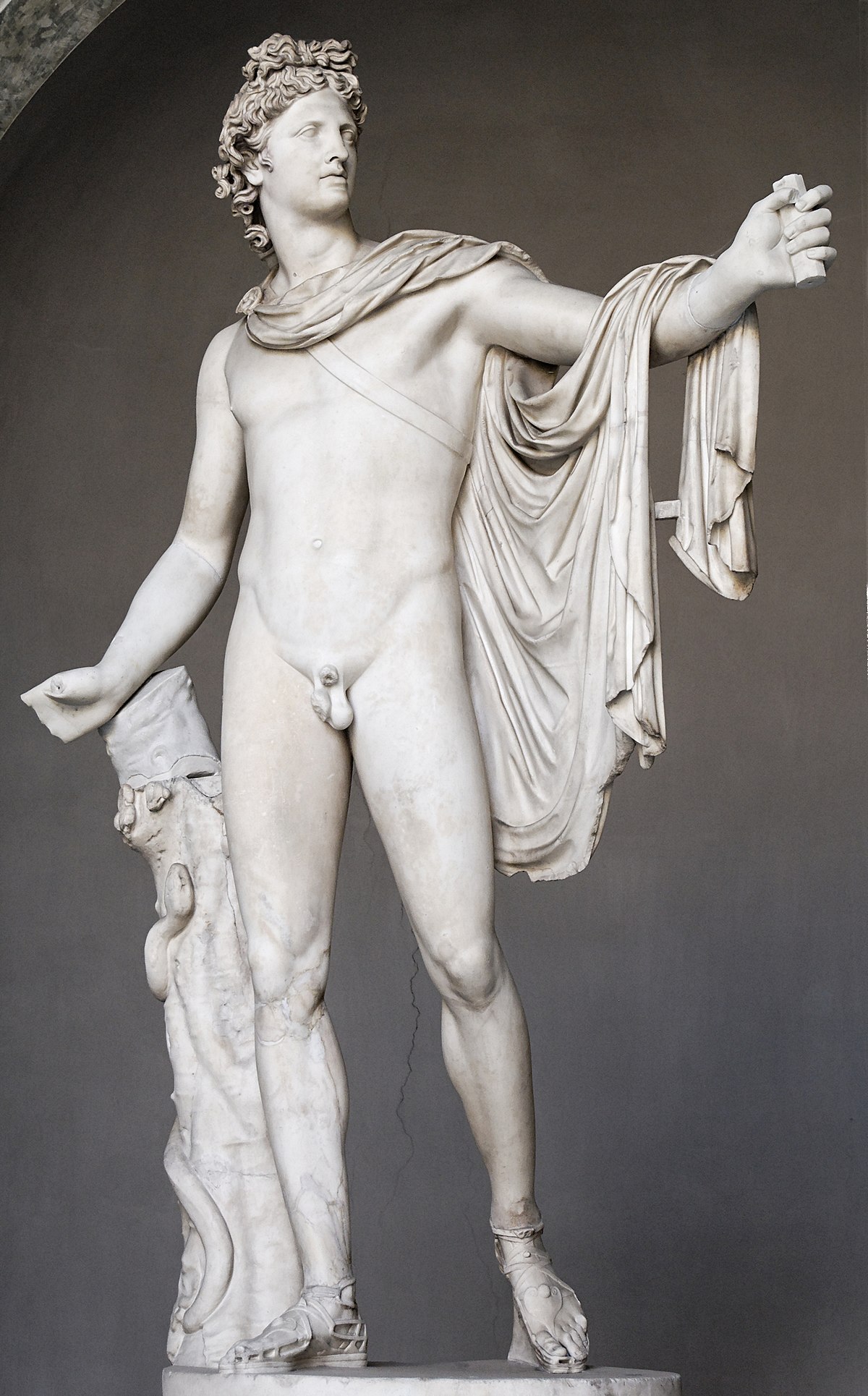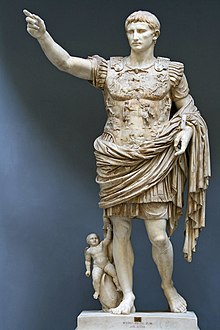Why did ancient Roman artists like making copies of classical Greek sculptors. The only materials available to the Egyptian sculptors were stones that had a very.

Form And Reality The Classical Greek Balance Of The Ideal And The Natural Disrecognized Space
Classical greek sculptures became increasingly naturalistic and began to show the body as alive and capable of movement while maintaining an interest in portraying the ideal human anatomy Greek Architecture.

. Whether deliberately applied. Poses became more naturalistic see the Charioteer of Delphi for an example of the transition to more naturalistic sculpture and the technical skill of Greek sculptors in depicting the human form in a variety of poses greatly increased. Build is a combination of abstract and naturalistic as the curvature of Khamerernebty is apparent and Menkaure clearly is depicted with muscles.
Absolutely both in terms of composition and also of applique. The sculpture of the ancient Greeks had a major impact on. Terms in this set 40 True.
Classical Greek sculpture is both naturalistic and idealistic. Annibale Carracci 1560-1609 influenced by Federico Barocci1526-1612 and others produced an idealistic naturalism based on Classical models and though he could depict everyday scenes with remarkable truth his world is an idealised one based on the Classical concepts of. The Classical period saw changes in both the style and function of sculpture.
Praxiteles creates a new canon of proportions. The scientific skill of Greek sculptors in showing the human form in distinct poses was improved. From about 500 BC statues began to depict real people.
Classical Greek sculpture became increasingly naturalistic and began to show the body as alive and capable of movement while maintaining an interest in portraying the ideal human. Prior to the influence of Greek sculpture Roman sculpture was portraiture sculpture busts. Classical humanism is mixed with a more sensuous worldly style in nude figures.
Smaller heads taller thinner Lysippos expressed more naturalism and human emotions in his sculptures Alexander the Great- Great lover of Greek culture. Their symmetrical faces and idealistic forms show that this high relief sculpture was created for royal people and was likely intended to house their ka after death. 3 points QUESTION 25 1.
Start studying Art 42 - Art Appreciation. Classical Greek sculptors were more imaginative because the Enlightenment released them from the dogma of the pharoahs. Classical art emphasizes rational simplicity order and restrained emotion.
However the poses are very rigid and lack fluidity. The first Christian. Look up Painted Greek Sculpture just to start and know that then as now every surface has a finish.
The rigid poses of Egyptian and early Greek figures gave way to a greater interest in anatomy and more relaxed poses. Played a major role in the daily lives of the people of ancient Greece. Classical Greek figures appear more relaxed than the rigid formal Egyptian and early Greek sculptural poses because _____.
The Greeks and Romans both represented gods and rulers in the form of statues a combination of religious and political influence. The classical period characterized modifications in both the function and the style of the sculpture. For details of art movements.
The Classical art emphasizes rational simplicity order and restrained emotions. Temples and other public buildings. Their sculpture was predominantly portraiture see below until from the 1st century AD the Romans adopted Hellenistic sculpture which took sculpture to a different level as a model for their own sculpture.
Classical sculpture was both naturalistic and idealistic. Were developed in the late fifth century BCE. The rigid poses of Archaic figures gave way to a greater interest in anatomy and more relaxed poses.
Classical Greek sculpture is both naturalistic and idealistic. Poses seemed more naturalistic as shown by the Polykleitos of Diadumenos sculpture. Classical sculpture became increasingly naturalistic and began to the show the body as alive and capable of movement while maintaining an interest in portraying the ideal human anatomy.
During the classical period Greek sculptures did what no one had done before by worshiping the human body through bronze and The sculptures were both human-size and human-like. Their portraiture sculpture is regarded as the best sculpture of. A similar conflation can be found in the medium of classical sculpture which is both naturalistic and idealistic.
Indeed John Boardman describes the work of Polyclitus Fig 2 a sculptor who canonized the male athletic body in classical period art as ideally realistic Boardman 157. Defined by a careful observation of nature a new concern for the mechanics of the body and the pursuit of ideal forms Classical Greek sculpture represents a radical departure from the compact forms and upright poses of Archaic male nudes. Learn vocabulary terms and more with flashcards games and other study tools.
Can be seen on the Temple of Athena Nike built on the Acropolis between 427 and 424 BCE. The sculptures were generally polychrome except for works made in bronze. Takes over Greek territory.
The origin of sculpture in Greek and Roman art can almost be divided into distinct categories- classical and idealistic vs naturalistic and emotional sculpture work.

Introduction To Ancient Greek Art Article Khan Academy

The Story Of Art Symbolism Idealism And Realism Carolyn Anderson Blog

Roman Sculpture World History Encyclopedia

Classical Greek Sculpture Is Both Naturalistic And Idealistic True Or False Study Com


0 comments
Post a Comment